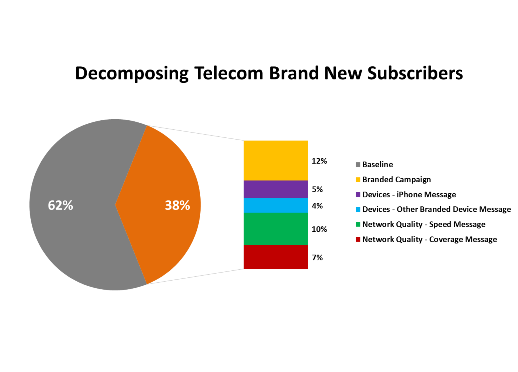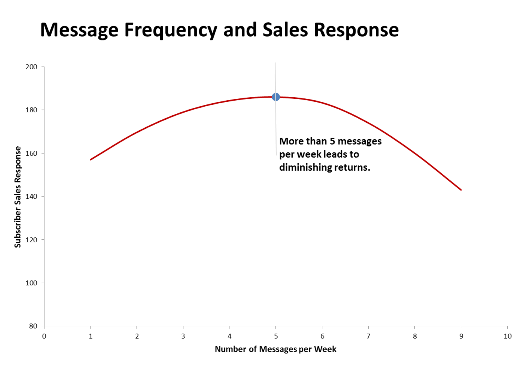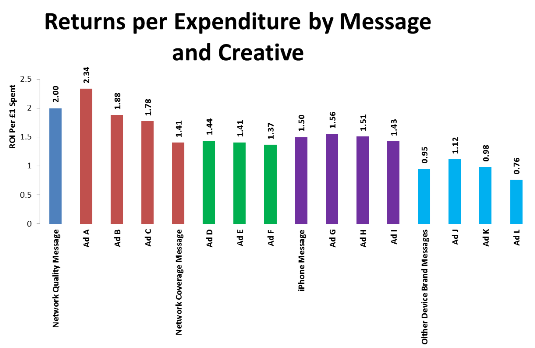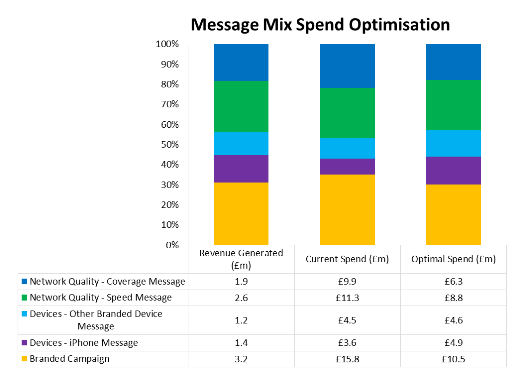 Our Thinking
Our Thinking
Measurement and the Magic of Message
Somebody finally has to get out an ad, often after hours. Somebody has to stare at a blank piece of paper. Probably nothing was ever more bleak. This is probably the very height of lonesomeness. He is one person and he is alone – all by himself – alone. Out of the recesses of his mind must come words which interest, words which persuade, words which inspire, words which sell. Magic words.
Leo Burnett, founder, Leo Burnett Company
As the advertising pioneer Leo Burnett indicates, advertising is about the words, the creative, the fundamental message to the customer. These are the words that persuade the consumer to buy your brand. Measurement science or econometrics has mostly been about the media channel. Is TV more effective than radio? What kind of return did we get on our new digital ads?
What we propose here is that measuring advertising effectiveness should go beyond the channel and be more about measuring the message. To do this, understanding the relative impact and effectiveness of different media messages and creative is key. This idea gets much more to the heart of what advertising is all about. Herein lies at the center of how advertising effectiveness should be defined. This is indeed a disruptive idea that goes against how most effectiveness measurement and econometrics are being conducted today. This idea is what we call “message-mix” modeling.
Message Mix Modeling Defined
When we conduct Message-Mix Modeling, we collect data in a slightly different fashion than with traditional econometric models. Here we collect media GRPs or spending data “by the individual commercial execution” instead of by total channel. Here we will share a case study from a major wireless telecoms client.
With this information, we then go through an exercise to establish what we call the “marketing message architecture” for the wireless telecom brand case study we are going to show. Here we see the hierarchy of two major campaigns, one touting the brand’s claims for network quality and the other representing ads for wireless phone brands. Below the campaign level are specific messages and communication themes.
For Network quality campaigns, the core messages cover specific claims on network coverage and network/data speed, which are two essential network performance attributes. Below the message level are the individual ads or executions which come under the message umbrella.
Insights
Instead of just looking at the impact of marketing by media channel, we are able to see the relative importance of core media campaigns and messages.
Additionally, we are also able to gain the critical insight of how many messages should be aired into the market at one time in order to minimize the risk of “clutter” and too many messages. As shown on the chart to the right, there is significant diminishing and declining returns to media messages and it is critical that each brand manage these in order to avoid this pitfall.
As is the usual part of econometric models, our analysis focuses on ROI. With Message-Mix Modeling, however, this is ROI by message and creative execution. This gets to the heart of communication effectiveness by delivering insights into which specific communications work best.
Finally, the step with the greatest value for Message-Mix Modeling is to use the model to actually optimize spending on a message basis. This outcome enables marketers and agency planners to focus on what message combinations are going to be most effective for the brand.
A Departure from Conventional Effectiveness Measurement
In this blog, we introduce you to “Message-Mix Modeling”. This is a departure from current marketing measurement conventions which focus only on media channels. The underlying value of this approach is based on its ability to focus on the core communication or messages of media. It gives us the tools for understanding effectiveness at this level and centers attention of marketing and agencies on what really matters, the creative and the communications.









